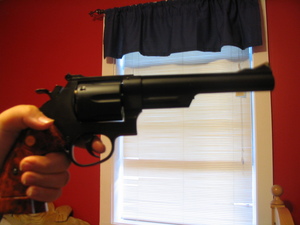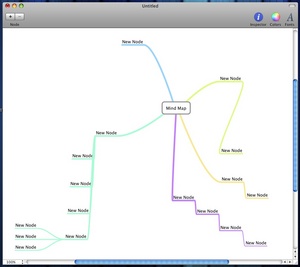The term Parbellum in Latin says it all; prepare for war! In 1902 George Luger introduced his revolutionary pistol to the world. The Luger was an improvement of an earlier semiautomatic pistol design called the Borchardt. The 9mm parabellum cartridge was also introduced replacing a smaller bore cartridge the 7.65 mm.
The 9mm parabellum also known as the 9mm luger is the official pistol round for N.A.T.O. forces where its military designation is 9x19mm. It is important to note that this round has been around for over 100 years and in this high tech world is still considered effective enough to earn this role. The pistol is no longer the Luger but the round has remained unchanged after these many years.
Prior to World War I the Luger model P-08 underwent various military trials by Armies throughout the world including the U.S. The P-08 lost out to John Brownings’ famous M-1905 .45 acp caliber pistol during the trials in the U.S. But the round and pistol were accepted by the armed services of Germany and several other countries. The P-08 earned fame as one of the best pistols in any service. It soldiered on through World War I and World War II although it was widely replaced by the more efficient Walther P-38 during the latter conflict.
The standard pistol for U.S. forces is the Baretta. It beat out the Browning designed semi-auto in side-by-side trials. The decision was at first lamented by many who felt a traditional urge to keep the old M-1911 .45 automatic colt pistol(acp). But the decision held and it proved to be a good one as far as technology went. The Beretta is a more modern design. It holds 15 rounds or ammunition as compared to the .45 acp magazine capacity of seven. The newer pistol is also double action and has ambidextrous controls. The M-1911 is a single action pistol which means it must be cocked before shooting in the semi-automatic mode which is a big disadvantage to the Beretta which can be fired by simply pulling the trigger. Another advantage lies with the lesser recoil of the 9mm as compared to the .45 acp. The U.S. military reasoned that with the advent of women serving in our services it would be easier for them to use the 9mm more effectively than the .45 acp which has a fierce kick and mighty roar.
The big controversy is the effectiveness of the 9mm versus the .45 acp. But that argument is for another story for it is too long to address here. Suffice it to say the the 9mm parabellum is a good round for what it was intended for. Namely war. But it is also used by police forces all over the world and is a popular self-defense round. The 9x19mm nomenclature is needed to differentiate it from other similar 9mm bore rounds such as the 9mm Makarov, 9mm Kurz, 9mm short, and the 9mm magnum.
The 9mm parabellum has not found too many uses in the hunting fields. It has been used to dispatch a few varmints and pests for sure but it is really not thought of as a hunting round. It is used in target matches and of course informal plinking. Surplus ammunition is fairly inexpensive and fun to shoot. The recoil is mild and the accuracy from a stock off-the-shelf pistol is usually good to almost unbelievable. Ruger, Colt, Smith& Wesson, Walther, Glock, and Taurus all manufacture pistols for this caliber. Most pistols are not prohibitively expensive. There are also several carbines available in 9mm parabellum.
The bullets for this caliber range from 90 to 147 grains in weight and the velocities run from 900 feet per second(fps) to around 1300 fps. There are specialized bullets for each application such as full metal jacket, hollow-point, silver-tip, or soft points.
This is an historical round. It is also obviously effective despite its age. it will be with us for a long time.





